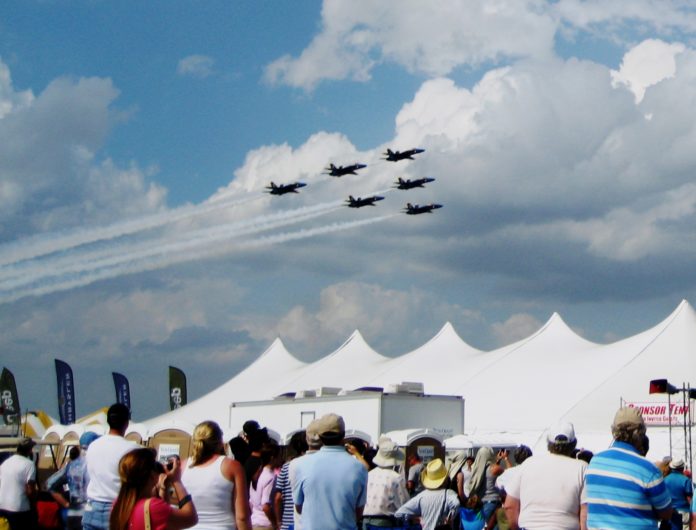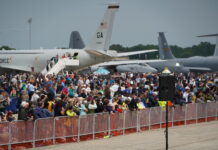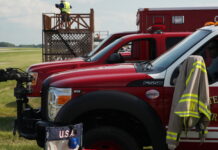Our worst year in some time is now in our rear-view mirror; however, the lessons learned from 2011 will remain in the forefront of our minds as we prepare for another banner year. As we head into the 2012 air show season, you can expect to see discussion on smoke oil shut off switches, rebuilding your G tolerance, the sacred 30 minutes, and the importance of never varying your show routine from that which you flew during practice. These lessons learned from 2011 will be constantly reinforced throughout the year, but they will not be the focus. As we know from developing a Safety Management System, the key focus is not to dwell on reactionary fixes, but to focus on possible hazards and to mitigate the risk that those hazards present.
Last month, the ICAS professional staff took the National Transportation Safety Board’s (NTSB) fact finding hearing as a chance to do an internal review of the rules and regulations by which we are governed. At one point in the hearing, the NTSB asked ICAS if it thought that the present rules and regulations were sufficient. ICAS President John Cudahy responded that he thought that the current rules and regulations were adequate. Cudahy was limited in how much detail he could go into during his response at the hearing, but I am not and would like to use this space to expand upon this thought.
In the four years that I have been in my position as ICAS’s principle contact for all things safety, we have had a total of six fatalities at North American air shows. It is important to note that the shift in safety culture that we have seen during the last four years was driven by the industry itself in what could best be described as a grassroots movement toward a safer air show culture. During that four year period, the rules and regulations for air shows have remained essentially the same as they had been. Admittedly, there have been many minor changes, but the majority of substantive regulations have been the same. When one considers the fact that the industry has enjoyed years with no fatalities at North American air shows as well as a single year with five air show fatalities under virtually the same federal rules and regulations, it supports the idea that the cause of accidents are not the absence of applicable federal regulation. Instead, this suggests that the cause of accidents have been failure to adhere to the highest level of safety demanded by the industry-wide emphasis on changing the culture of air show safety.
During the hearing, we were reminded that – as compared to virtually all other countries – the rules, regulations and guidance that govern U.S. and Canadian air shows are far and away the most conservative in the world. From spectator setbacks and airspeeds to pilot certification requirements and our prohibition on aerobatic energy directed at the crowd, North American air shows are at least one full step ahead of our international counterparts. While the North American rules are generally more demanding and conservative than the rest of the world, my sense is that our success in the years when we had no accidents was fueled by a unique combination of thoughtful regulatory guidance and effective industry initiatives. That is to say, we had fewer accidents not solely because of the rules that govern air shows, but because our industry as a whole has raised the level of awareness and action to supplement and complement those existing regulatory requirements.
Many other countries host North American air show performers, and while the rules and regulations in these countries may be different than they are here, it is important to remember that the rules in North America should be considered the standard by which an individual pilot’s air show performance will be measured and assessed…no matter where he or she may be flying. When performing outside of the United States and Canada, ICAS encourages its performers to maintain the high level of safety expected at North American air shows. This adherence to the North American regulations will allow North American air show performers to act as ambassadors to other countries. If the rest of the world can perform up to our level, we will collectively see a decline in accidents internationally which is only a good thing for our industry. But setting a good example is not the only reason to comply with North American regulations. The fact is that, when it comes to protecting spectators, the air show regulations currently in place in the U.S. and Canada have a record of success that is hard to argue with.
The air show community has an opportunity this year to prove yet again that it is the individual air show professional’s commitment to do the safe thing that prevents accidents, not additional regulation. While many industries can point to a history of federal compliance as the reason for moderate success, the air show industry can justifiably brag that our near perfect spectator safety record and our steady improvement on performer safety have come as a result of sensible regulatory guidance that has gone hand-in-hand with a deep and heartfelt sense of personal responsibility.
The coming 2012 air show season is our opportunity to recommit ourselves – individually and as an industry – to the never-ending challenges of improving safety in our business. It will take a group effort. I can personally promise that ICAS will not back off the throttle. And I respectfully suggest that we will accomplish more as an industry if all of you make a similar commitment.








